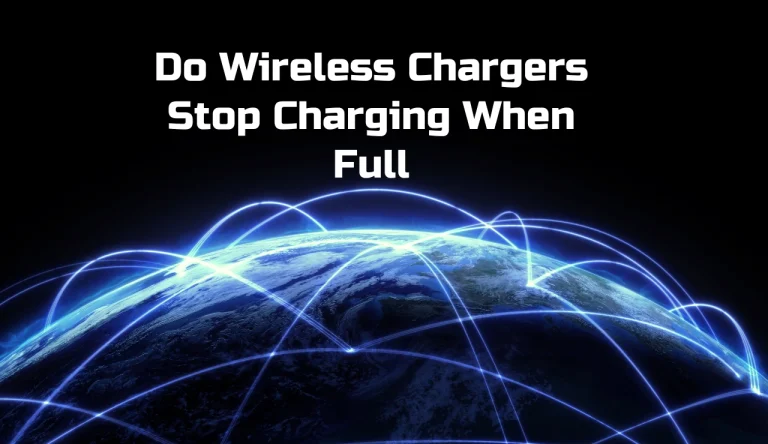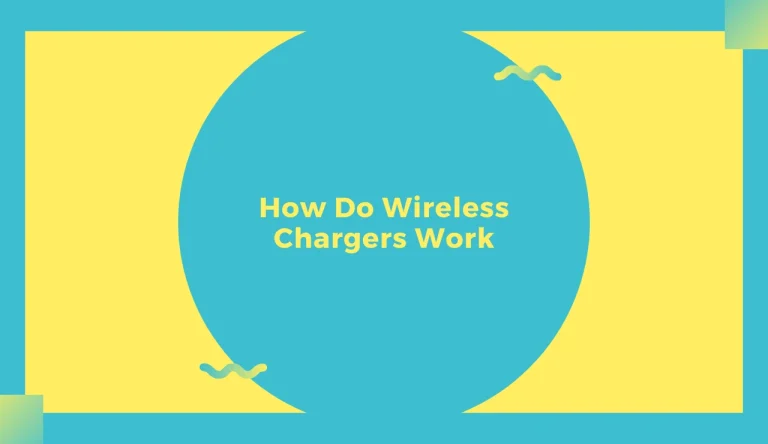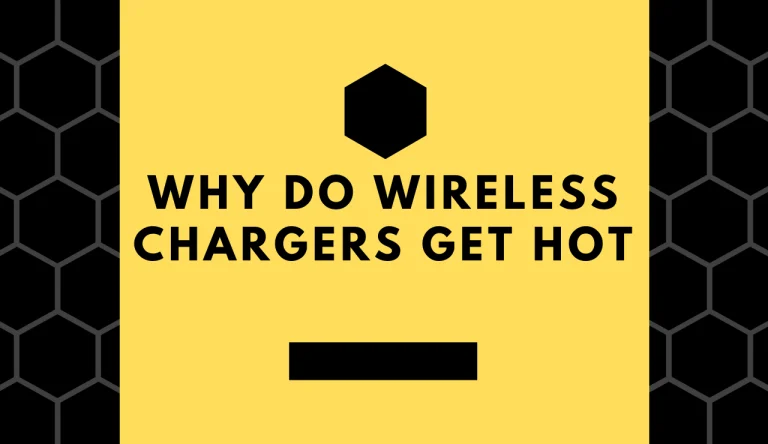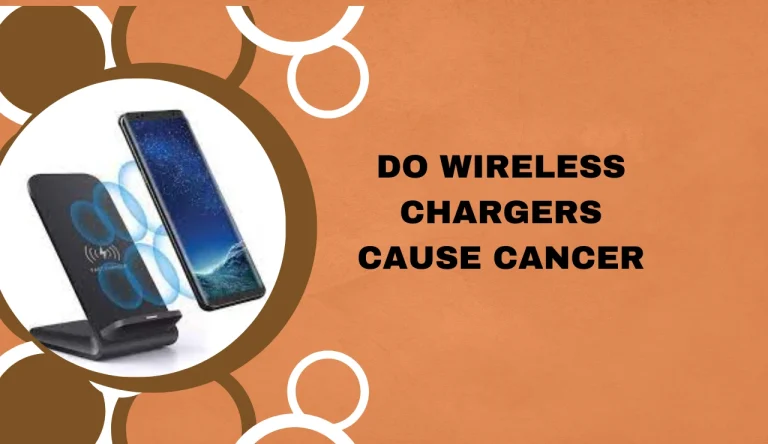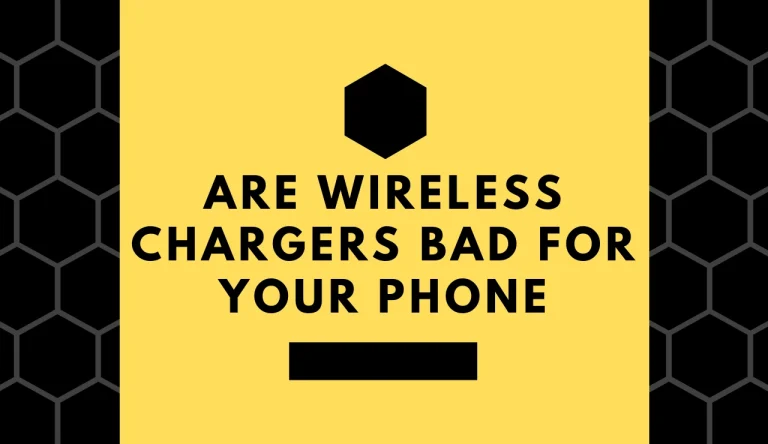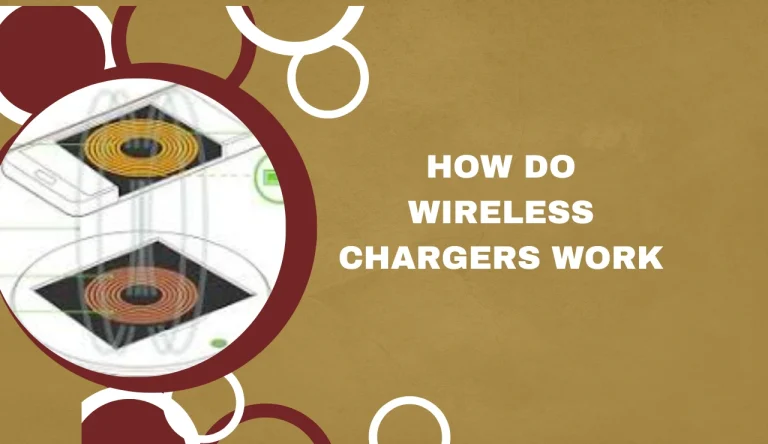Do Wireless Chargers Emit Radiation
Do you ever wonder about the potential health risks associated with using wireless chargers?
It’s important to understand that wireless chargers do emit radiation, but the level of radiation is considered to be extremely low and poses minimal risk to human health.
In this article, we will delve Do Wireless Chargers Emit Radiation and explore the research on their effects. By examining studies conducted on the subject, we aim to provide you with evidence-based information to help you make informed decisions about using wireless chargers.
We will also address common concerns and misconceptions surrounding this topic. Additionally, we will share tips on how to use wireless chargers safely.
So if you’ve been curious about whether or not wireless chargers are safe in terms of radiation emissions, read on to find out more!
Key Takeaways
- Wireless chargers emit radiation, but at extremely low levels that pose minimal risk to human health.
- Non-ionizing radiation from wireless chargers does not cause cancer or other serious health issues.
- Factors that impact radiation exposure include distance, charging pad material, charger power output, duration of charging, and proper usage and placement.
- Wireless chargers emit lower levels of electromagnetic radiation compared to smartphones and microwave ovens.
Understanding Radiation and Its Potential Health Effects
Yes, wireless chargers do emit radiation, but before you panic, let’s explore the potential health effects and understand the risks involved.
When it comes to measuring radiation exposure from wireless chargers, it is important to note that they primarily emit non-ionizing radiation. This type of radiation has lower energy levels compared to ionizing radiation and is generally considered safe in normal usage scenarios.
Debunking myths about radiation is crucial in understanding its potential health effects. Numerous scientific studies have shown that non-ionizing radiation emitted by wireless chargers does not cause cancer or other serious health issues. The exposure levels from these devices are well below the safety limits set by regulatory agencies worldwide.
Transitioning into the subsequent section about how wireless chargers work, it’s essential to recognize that while they emit radiation, their functioning relies on a different mechanism altogether.
How Wireless Chargers Work
Wireless chargers work by utilizing inductive charging technology. This technology involves the transfer of energy through an electromagnetic field. The field is created when an alternating current passes through a coil in the charger. This generates a magnetic field that induces an electric current in a receiver coil located in the device being charged.
While these chargers do emit radiation in the form of electromagnetic fields, studies have shown that the levels are within safe limits. They do not pose any significant health risks to users.
Inductive Charging Technology
Using inductive charging technology, wireless chargers make it incredibly convenient to power up your devices without the hassle of wires. With this technology, a wireless charger creates an electromagnetic field that transfers energy from the charging pad to your device.
Here are five reasons why inductive charging is gaining popularity:
- Convenience: Simply place your device on the charging pad and it starts charging.
- Efficiency: Inductive charging can be as efficient as traditional wired charging methods.
- Compatibility: It works with a wide range of devices that support wireless charging.
- Safety: Wireless chargers come with built-in safety features to prevent overheating and overcharging.
- Future-proofing: As more devices integrate wireless charging capabilities, having a wireless charger ensures compatibility for future devices.
As we delve into the topic of electromagnetic fields and radiation, it’s important to understand how these factors relate to wireless chargers.
Electromagnetic Fields and Radiation
Electromagnetic fields and radiation are important factors to consider when discussing the impact of wireless charging technology. Electromagnetic radiation is a form of energy that is emitted by various sources, including wireless chargers.
While there is concern about potential health risks associated with radiation exposure, studies have shown that the levels of electromagnetic radiation emitted by wireless chargers are extremely low and well below the safety limits set by regulatory agencies.
To provide a visual representation of these ideas, here is a 2 column and 5 row table:
| Factor | Impact on Radiation Exposure |
|---|---|
| Distance from charger | Decreases exposure |
| Charging pad material | No significant impact |
| Charger power output | No significant impact |
| Duration of charging | No significant impact |
| Proper usage and placement of charger | Decreases exposure |
Measuring radiation emissions from wireless chargers will further explore the safety concerns surrounding this technology without compromising convenience.
Measuring Radiation Emissions from Wireless Chargers
Imagine being able to measure the radiation emissions from wireless chargers and understand the potential risks they pose. To ensure measuring accuracy, testing standards have been established. Here’s a three-item list that will help you visualize how this process works:
- Specialized equipment, such as electromagnetic field meters, is used to measure the strength of radiation emitted by wireless chargers.
- These meters provide precise measurements in milliwatts per square meter (mW/m2), allowing researchers to assess the level of exposure.
- Testing is conducted according to standardized protocols, ensuring consistency and reliability of results.
By following these testing standards, scientists can accurately determine the amount of radiation emitted by wireless chargers and evaluate any potential health risks associated with them. This understanding sets the stage for further studies on the health effects of wireless chargers without skipping a beat.
Studies on the Health Effects of Wireless Chargers
Research studies have been conducted to investigate the health effects of wireless chargers and their potential risks. These studies have focused on research findings regarding radiation emissions, long-term effects, and any potential risks associated with using wireless chargers.
The objective and evidence-based nature of these studies provides valuable insights into the impact of wireless chargers on human health.
Research Findings on Radiation Emissions
You’ll be relieved to know that wireless chargers don’t actually blast harmful radiation into the air. Research methods and industry standards have been employed to study the radiation emissions of wireless chargers, and the findings indicate that they emit extremely low levels of electromagnetic fields (EMF) compared to other common electronic devices.
According to a study published in the journal Environmental Health Perspectives, wireless chargers produce EMF levels well below the safety limits set by international guidelines. These guidelines are based on extensive research and aim to protect human health from potential risks associated with exposure to electromagnetic radiation.
While there’s no evidence linking wireless chargers specifically to long-term effects or potential risks, further research is still being conducted to better understand any possible health implications.
Onto the subsequent section about ‘long-term effects and potential risks’…
Long-term Effects and Potential Risks
To fully understand the potential risks and long-term effects, it’s important to delve deeper into the implications of prolonged exposure to electromagnetic fields emitted by wireless chargers. Research suggests that long-term exposure to these fields may have health risks.
Some studies have indicated a possible link between electromagnetic field exposure and an increased risk of certain cancers, such as brain tumors and leukemia. However, it’s important to note that the evidence on this topic is still inconclusive, and further research is needed to establish a definitive connection.
Additionally, other potential risks associated with long-term exposure include reproductive issues, neurological disorders, and interference with medical devices. It’s crucial for individuals who use wireless chargers regularly to be aware of these possibilities and take necessary precautions.
Moving forward into the subsequent section about addressing common concerns and misconceptions, it’s vital to separate fact from fiction in order to make informed decisions regarding wireless charger usage.
Addressing Common Concerns and Misconceptions
When it comes to comparing radiation levels, wireless chargers emit extremely low levels of electromagnetic radiation in comparison to other devices like cell phones and Wi-Fi routers. Safety measures and precautions are also in place to further minimize any potential risks associated with wireless chargers. These include implementing safety standards and regulations, as well as ensuring that the chargers undergo rigorous testing before they’re made available to consumers.
Comparing Radiation Levels to Other Devices
Additionally, comparing radiation levels emitted by wireless chargers to those of other devices reveals their relatively low emissions. Contrary to popular misconceptions, wireless chargers actually emit less radiation compared to traditional chargers and many other common devices. To put it into perspective, let’s take a look at the following table:
| Device | Radiation Level |
|---|---|
| Wireless Charger | Low |
| Smartphone | Low |
| Microwave Oven | High |
As you can see, wireless chargers emit significantly lower levels of radiation compared to smartphones and are nowhere near the high levels emitted by microwave ovens. This evidence-based comparison debunks myths about wireless charger radiation being harmful. However, it is important to note that safety measures and precautions should still be taken when using any electronic device.
Safety Measures and Precautions
Make sure you take necessary precautions and follow safety measures while using these devices. Wireless chargers have safety features in place to prevent overheating and minimize electromagnetic interference. These safety measures include temperature sensors that monitor the heat levels of the device during charging. If the charger detects excessive heat, it’ll automatically shut down to prevent any potential hazards.
Additionally, wireless chargers are designed to emit lower levels of electromagnetic radiation compared to other devices such as cell phones or Wi-Fi routers. This helps reduce any potential health risks associated with long-term exposure to radiation. However, it’s still important to use wireless chargers responsibly and avoid prolonged contact with the charging pad.
Following these safety measures can ensure a safe charging experience without compromising your health or well-being.
Moving on to tips for using wireless chargers safely…
Tips for Using Wireless Chargers Safely
To stay safe while using wireless chargers, it’s important to follow these simple tips.
First, ensure that your device is compatible with wireless charging. Not all devices are equipped with this feature, so make sure to check before purchasing a wireless charger.
Secondly, when using a wireless charger, make sure to place your device properly on the charging pad. This will ensure that the charging process is efficient and reduces the risk of overheating.
Additionally, keep in mind that wireless chargers emit electromagnetic radiation, although at very low levels. To minimize exposure, avoid prolonged contact with the charging pad and don’t sleep with your phone on it overnight.
By following these precautions, you can enjoy the benefits of wireless charging while minimizing any potential risks associated with radiation exposure.
In conclusion, wireless chargers are safe.
Are Wireless Chargers Safe?
It’s important to consider the safety of wireless chargers and ensure that you follow the recommended guidelines for their use. While there are concerns about radiation emitted by wireless chargers, research suggests that the electromagnetic fields produced are within safe limits and pose no significant health risks. Debunking myths surrounding wireless chargers is crucial to alleviate any fears or misconceptions.
To further reassure users, here are some key points to keep in mind:
- Use reputable brands: Opt for wireless chargers from trusted manufacturers to ensure compliance with safety standards.
- Maintain distance: Keep a reasonable distance between yourself and the charger during use.
- Avoid prolonged exposure: Limit your charging time and avoid leaving devices on the charger unnecessarily.
- Regularly check for damage: Inspect your charger for any signs of wear or damage before use.
- Follow manufacturer instructions: Always adhere to the specific guidelines provided by the manufacturer.
By following these recommendations, you can confidently utilize wireless chargers without compromising your long-term health.
Frequently Asked Questions
Conclusion
In conclusion, based on the available evidence and scientific studies, wireless chargers are considered safe to use. While wireless chargers do emit electromagnetic radiation, the levels are significantly lower than those emitted by everyday devices such as cell phones or Wi-Fi routers. Numerous studies have shown no clear link between exposure to low-level electromagnetic radiation from wireless chargers and adverse health effects.
However, it’s always recommended to use these chargers according to the manufacturer’s instructions and maintain a safe distance from them during charging to minimize any potential risks.

